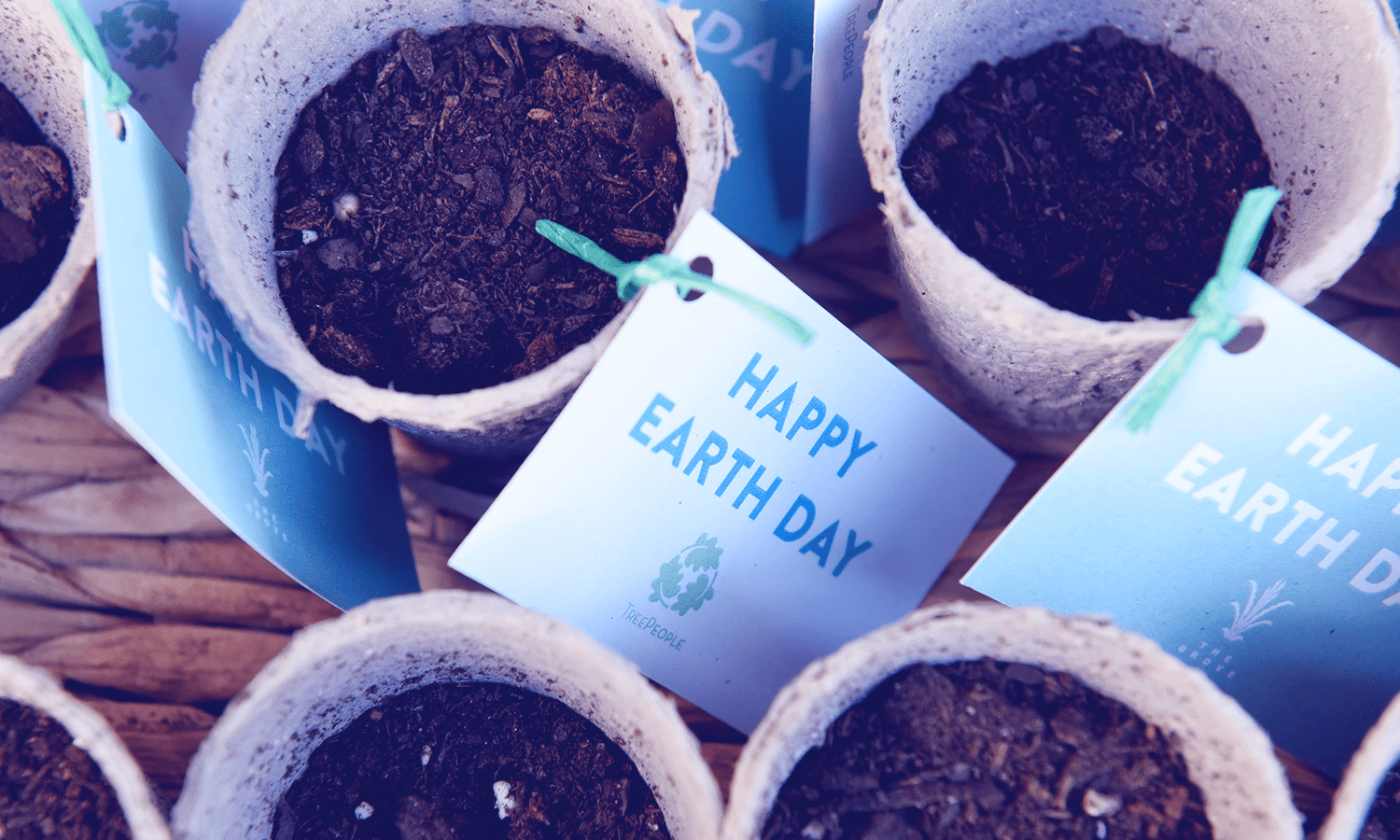Earth Day 2022: Fostering experiential sustainability in three (not so easy) steps

Happy Earth Day, but don’t get too comfortable. Put that green-frosted cupcake down! Events and experiences might be one of the least sustainable industries out there. Attendees take planes, trains and automobiles to get on site. Cases of branded water bottles sit unopened. Carefully curated gifts and favors are left behind. Sets are built and then put out to pasture. And single-use plastic products abound. Let’s start with an inconvenient truth. The US must cut carbon emissions by 2 billion tons each year until 2050 if we’re going to slow down the onslaught of climate change. And we’re not going to get there by throwing out half the buffet. A lack of motivation to act on climate change exists everywhere, but we’re often guilty because of the short-term lens through which we view our projects. Producing a diverse, creativity-driven experience can take anywhere from one month to one year to pull off. And while that seems like eons to those in planning mode five days a week, it’s certainly not long enough for us to consider whether that beach in Miami where we’d like to host an immersive dinner, will be completely eroded by party night. But, it’s not all...

